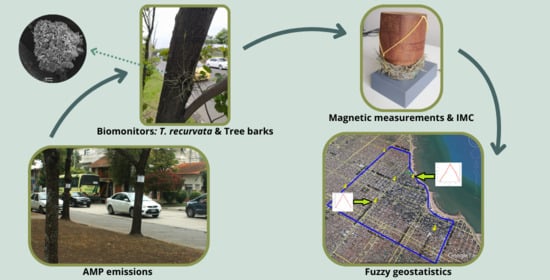- Article
Patterns of Allergy-Related Healthcare Utilization and Medicine Consumption in Relation to Aeroallergen Exposure
- Rajat Prakash Singhal,
- Sumit Khandelwal and
- Akhilendra Bhushan Gupta
Allergic rhinitis and asthma remain major public-health challenges, with airborne pollen serving as a key environmental driver. This study investigates the temporal association between aeroallergen exposure, patient healthcare utilization, and allergy medicine consumption at the MNIT Jaipur dispensary from 2015 to 2020, focusing on Holoptelea integrifolia pollen as a primary allergen. Patient visit data and medicine issuance records were analyzed to evaluate seasonal co-trends using descriptive time-series and statistical tests, including Pearson correlation and Mann–Whitney U. The analysis revealed consistent peaks in both patient visit and medicine issuance during February–April, corresponding with H. integrifolia pollen release, and secondary peaks during August–September and October, coinciding with Amaranthus spinosus, Parthenium hysterophorus, and monsoon mold activity. A moderate positive correlation (r = 0.58, 95% CI: 0.22–0.79, p = 0.007) and significant differences between high- and low-patient months (U = 107.5, p = 0.043, 95% CI of difference: 1323–3620 units) indicating that increased healthcare utilization coincides with seasonal aeroallergen exposure. These findings highlight the potential of medicine consumption data as a cost-effective proxy for allergen surveillance, aiding early warning and preparedness for seasonal allergy management. Integration of such pharmaco-epidemiological insights with dispersion models may strengthen predictive frameworks for pollen exposure and public-health response.
22 December 2025





